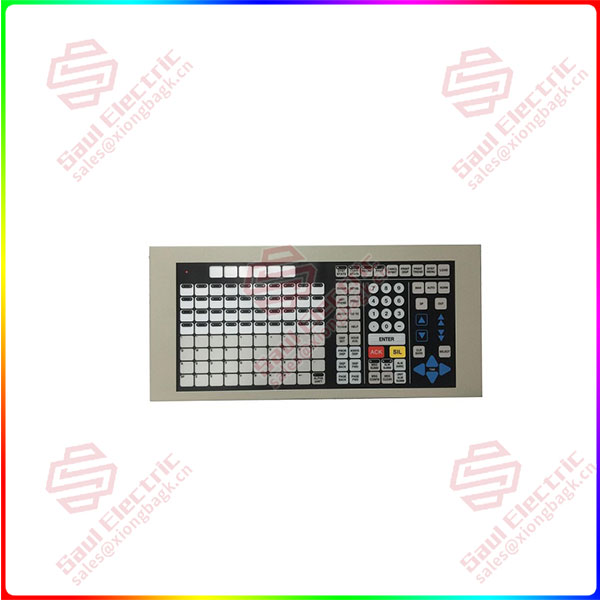2.1.3 Humanoid robots: New market brings new increment
The humanoid robot cannot move without the drive, which can be divided into rigid drive, elastic drive and collimation drive. The joint motion characteristics of biped humanoid robot are similar to the joint motion of human beings, and the movement speed is faster and the mobility is better. Therefore, compared with other actuators, humanoid robot actuators need to have high power density, high responsiveness, high energy utilization efficiency and impact resistance. Referring to Ding Hongyu et al. ‘s “Research Review on Biped Humanoid Robot Drives at Home and abroad”, the current humanoid robot electric drive program can be divided into three categories:
1) Rigid drive: In 1983, Waseda University research WL-10R robot using rigid drive TSA. Since then, biped humanoid robots began to widely use rigid actuators as joint power sources. The rigid driver is mainly composed of a motor, a high ratio retarder, an encoder, a torque sensor and a control board (the torque sensor is optional). Compared with other schemes, the rigid drive is more mature, but the energy efficiency is relatively low.

51402497-200
2) elastic actuator: In 1995, Pratt et al from MIT proposed the concept of series elastic actuator SEA(SEA). NASA’s robotic Valkyrie and the Italian Institute of Technology’s robotic WalkMan both use elastic actuators. Elastic actuators simulate the function of the muscle system by adding elastic units that buffer external shocks and store energy, allowing the joint to exhibit flexibility, safety and high energy efficiency. However, due to the introduction of elastic elements, the system becomes an underactuated system, so the motion control accuracy is low.
3) Collimated drive: 2016 proposed the collimated drive scheme, the meaning of collimated drive is to rely on the driver motor open loop force control, does not rely on additional force or torque sensors, you can perceive the robot foot and the outside world interaction force, also known as the ontology driver. The general scheme is to use a motor with a low transmission ratio reducer, while requiring the load mass and moment of inertia as small as possible, so that high bandwidth force control and good impact resistance can be achieved. The collimated drive is mainly composed of high torque density motor, low transmission ratio reducer, encoder and control board. Compared with other schemes, the motion control system is more complex.
We believe that Tesla humanoid robot prefers a rigid drive scheme in terms of scheme, and its integrated joint (rotating joint) is similar to the design of collaborative robot. Frameless torque motor is the core, and high speed motor + high reduction ratio reducer is used to achieve fast response. Taking the collaborative robot as an example, the integrated robot joint is mainly composed of torque sensor, harmonic reducer, torque motor, brake, increase encoder, absolute encoder and servo driver. According to Jin Li et al. “Development and Application of Integrated robot Joint for Drive and Control”, the integrated robot joint adopts frameless torque motor, and the stator of the motor and the joint shell are generally connected by high-temperature resin adhesive or interference fit. The motor rotor and the motor shaft are generally bonded by resin adhesive. The large diameter to length ratio and multiple magnetic pole pairs of frameless torque motor ensure the high torque output performance and low speed characteristics of the motor. The hollow structure of the rotor facilitates the internal wiring of the joint.
 1 Year Warranty
1 Year Warranty





